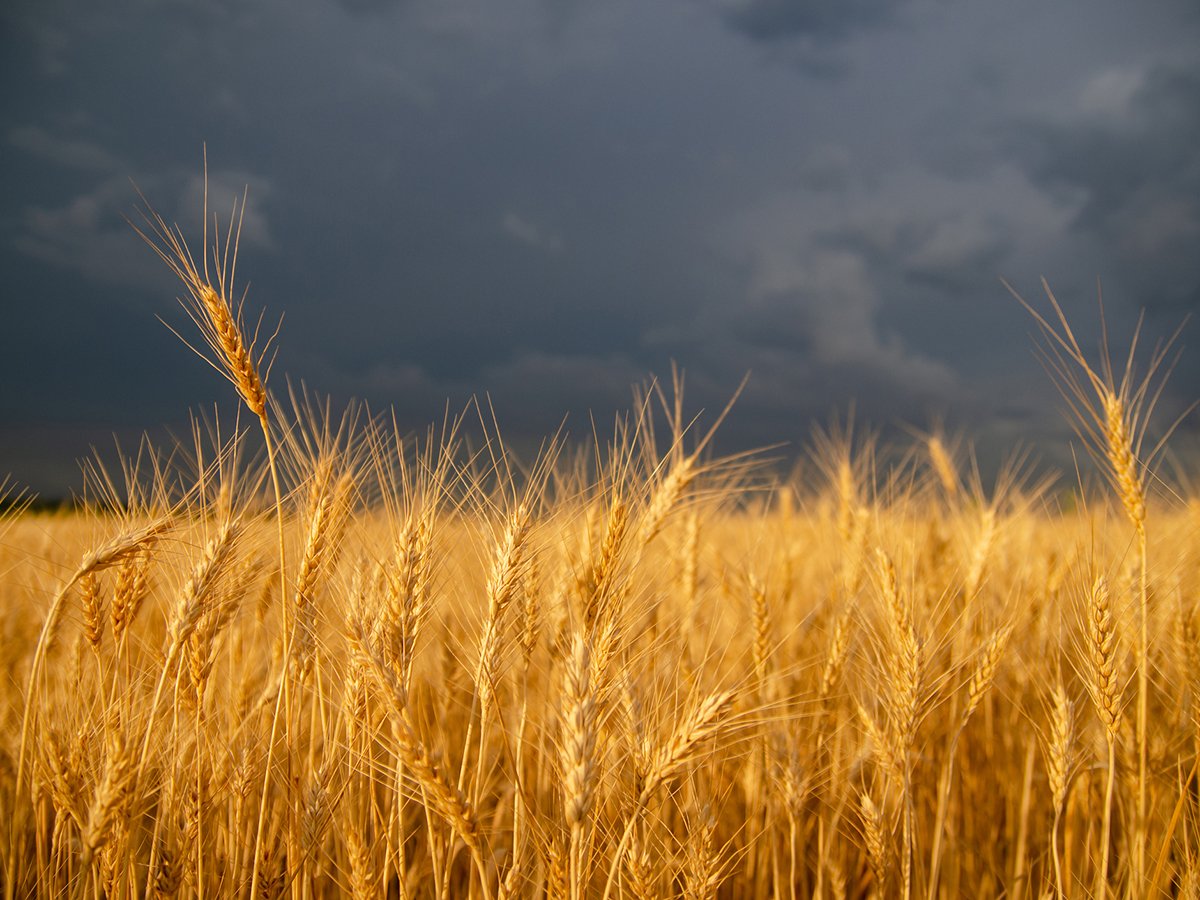THE GRAIN market last year exhibited volatility rarely, if ever, seen.
The market moved more on some days than it did in entire years previously.
Grain markets are calmer today, but with stocks-to-use ratios still uncomfortably tight and potential for another round of commodity price inflation once global economies recover, volatility could again sweep markets.
|
_____ CORRECTION _____
Read Also
Late season rainfall creates concern about Prairie crop qualityPraying for rain is being replaced with the hope that rain can stop for harvest. Rainfall in July and early August has been much greater than normal. The editorial in the Feb. 26 edition about the Canadian Wheat Board’s risk management program incorrectly identified an expense as a loss. It should have said: The net expense of its hedging activity last year was $466.9 million compared to $3.4 million the year before. |
That’s why it is a good idea to examine the Canadian Wheat Board’s risk management practices on Producer Payment Options to ensure that they are robust enough to handle future market tsunamis.
The CWB’s 2007-08 annual report was generally upbeat, setting out exceptionally high returns to farmers and large volume sales. The CWB argues that it performed well in a difficult market and timed its sales better than others to take advantage of the sharp wheat price rally.
But the board also registered a loss against its contingency fund, the result of hedging its Producer Payment Options (PPO), including the fixed price, basis price and daily price contracts created a few years ago responding to requests for marketing flexibility.
The net result of its hedging program last year was a loss of $466.9 million compared to a loss of $3.4 million the year before.
The board said placing the hedges and the cost of rolling the hedges in an inverse market were more expensive last year because of the large volatility.
Once revenue and expenses of the PPO programs, including hedging losses, were tallied, it produced an $89.5 million loss placed against the board’s contingency fund.
Existing contingency reserves plus $25.5 million transferred from other operations, including the pools, lowered the deficit to $28.9 million, which the CWB expects to pay off now that is revised its PPO offerings. It also plans to repay money taken from the pools once the contingency fund is in positive balance.
The loss is small compared to the $7.2 billion farmers received from the CWB during the year, but it is troubling because the PPOs should not require subsidization from the pool accounts.
Federal minister of agriculture Gerry Ritz criticized the board for the loss, saying that after registering a loss with the PPOs in 2006-07, it should have made changes for 2007-08.
This is not entirely fair because the problems that led to the PPO deficit in 2006-07 were not the same ones that caused the deficit the following year.
Also, the unprecedented volatility caused many companies to stop offering contracts to limit their risk. The CWB ran its programs except for one day.
The board has already adjusted its risk management and changed PPO programs. It has hired an outside firm, Gibson Capital, to review risk management and pricing of the PPOs.
It has also offered to have the minister’s officials, the department of finance and the auditor general review its corporate accountability.
The reviews should be done and flaws in the risk management, if any, should be fixed. The PPOs are a popular tool for some but they should not create costs that weigh down the CWB’s bedrock program, the pools.
Bruce Dyck, Terry Fries, Barb Glen, D’Arce McMillan and Ken Zacharias collaborate in the writing of Western Producer editorials.
















